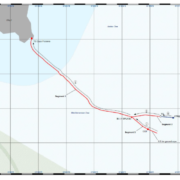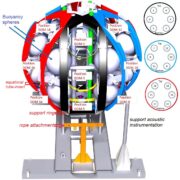A collaboration in corona times
18 February 2021 – Like everyone else the KM3NeT Collaboration has to follow the restrictive measures against the COVID-19 pandemic. So, once more, the last two weeks we held our Collaboration meeting on-line. Read more










